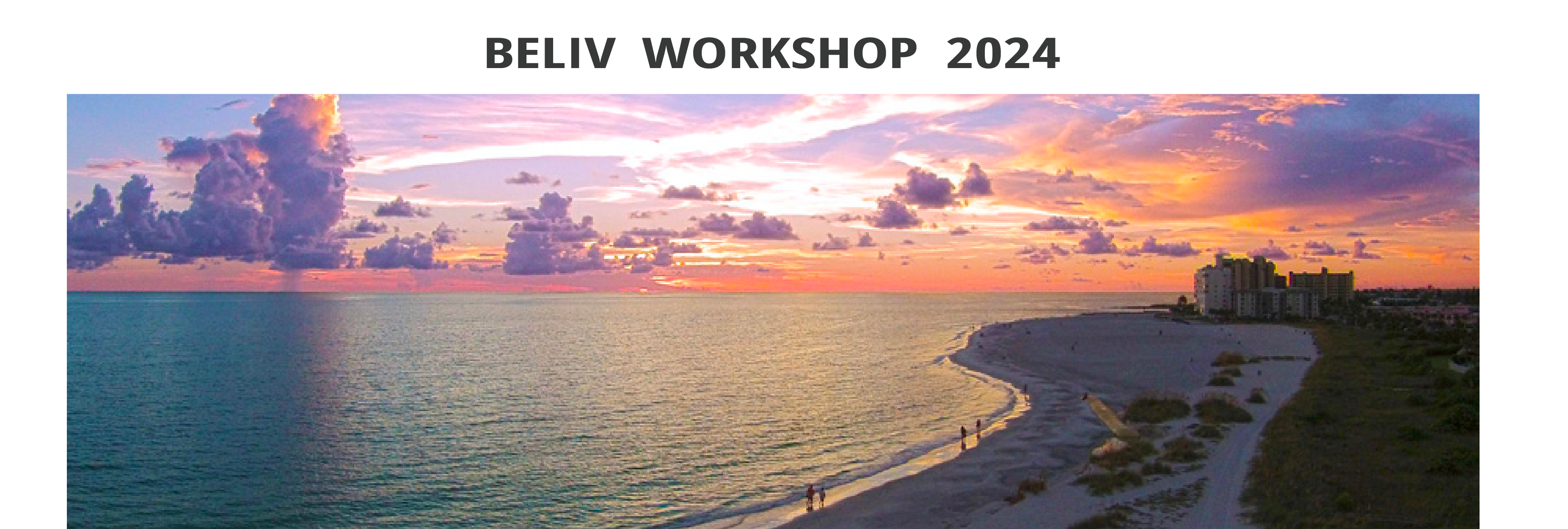



The BELIV workshop series is a biennial event focusing on research methods in visualization. The name of the workshop comes from:
"evaluation and BEyond - methodoLogIcal approaches for Visualization (BELIV)"
BELIV 2024 will be the 10th of the BELIV workshop series, and will be held in conjunction with the IEEE VIS 2024 Conference. All registered attendees of VIS will be able to access the workshop.
BELIV has traditionally been a biennial workshop on evaluation and, more recently, methodology in visualization. In the first three instances of its existence it focused on Information Visualization, but since 2012 has been opened to all subareas of visualization including Scientific Visualization and Visual Analytics. In 2018 the workshop broadened from its original focus on evaluation methods for visualization to becoming a forum for the discussion of research methods in visualization more broadly.
BELIV 2024 will be open to discussions on how we establish the validity and scope of knowledge acquired in our domain including, in particular, all forms of methods used to acquire this knowledge. This broad scope is meant to entice critical reflection on ways to assess different forms of value offered by visualization research and design. This includes discussions on novel research methods but also existing methods and tools such as statistics. We also invite meta-discussions on empirical research practices in our domain, for example on what level of rigor to require of our methods, how to choose methods and methodologies, and how to best communicate the results of empirical research. This broad umbrella encompasses the topics that BELIV has been known to focus on, but expands in ways that we believe are important as our research community grows and matures.
The 2024 call for papers will highlight this broad scope explicitly and specifically invite contributions on research methods. The discussions and papers we would like to see presented at BELIV currently do not have a dedicated open forum in the visualization community. Furthermore, the topics cross-cut the individual conferences making broad dissemination difficult in the traditional technical tracks.